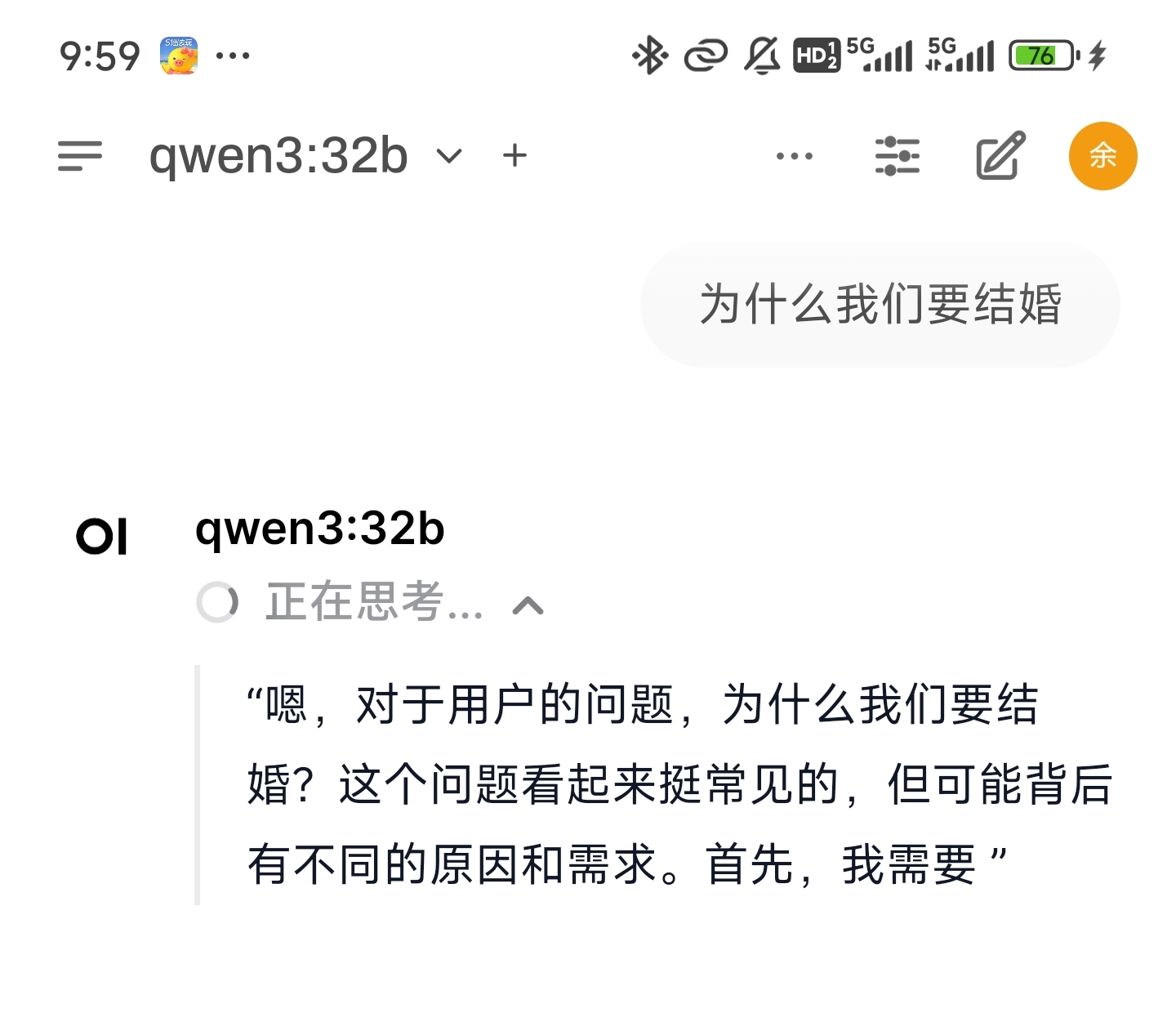栈-Stack
- 1. 介绍
- 2. 栈的实现
- 2.1 基于链表的实现
- 2.2 基于数组的实现
- 3. 栈操作
- Create
- Initilizate
- Destory
- Push
- Pop
- Top
- Empty
- Size
1. 介绍
栈(stack) 是一种遵循先入后出逻辑的线性数据结构。顶部称为“栈顶”,底部称为“栈底”。把元素添加到栈顶的操作叫作“入栈”,删除栈顶元素的操作叫作“出栈”。

2. 栈的实现
2.1 基于链表的实现



2.2 基于数组的实现



3. 栈操作
Create
typedef int STDataType;
typedef struct Stack
{
STDataType* a;
int top;
int capacity;
}ST;
Initilizate
void STInit(ST* pst) {
assert(pst);
pst->a = NULL;
//pst->top = -1;// top Points to the top of the stack
pst->top = 0;
// top Points to the next data on the top of the stack
pst->capacity = 0;
}
Destory
void STDestory(ST* pst) {
assert(pst);
free(pst->a);
pst->top = pst->capacity = 0;
}
Push
void STPush(ST* pst, STDataType x) {
// Enpend capacity
if (pst->top == pst->capacity) {
int newCapacity = pst->capacity == 0 ? 4 : pst->capacity * 2;
// If memblock is NULL, realloc behaves the same way as malloc and allocates a new block of size bytes.
STDataType* tmp = (STDataType*)realloc(pst->a, newCapacity * sizeof(STDataType));
if (tmp == NULL) {
perror("relloc fail");
return;
}
pst->a = tmp;
pst->capacity = newCapacity;
}
pst->a[pst->top] = x;
pst->top++;
}
Pop
void STPop(ST* pst) {
assert(pst);
assert(!STEmpty(pst));
pst->top--;
}
Top
STDataType STTop(ST* pst) {
assert(pst);
assert(!STEmpty(pst));
// top Points to the next data on the top of the stack
return pst->a[pst->top - 1];
}
Empty
bool STEmpty(ST* pst) {
assert(pst);
return pst->top == 0;
}
Size
int STSize(ST* pst) {
assert(pst);
return pst->top;
}



















